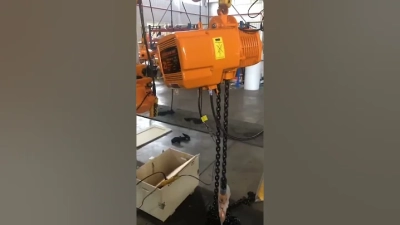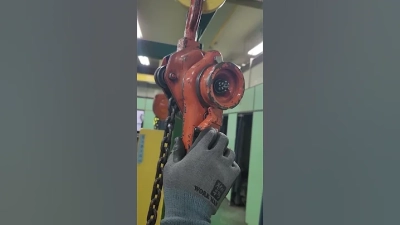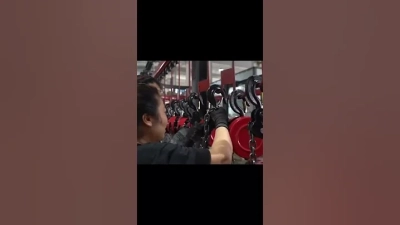Innovative Approaches for Effective Chain Hoist Operations
In today's fast-paced industrial environment, the efficiency and safety of material handling operations are paramount. One of the essential tools in lifting and moving heavy objects is the chain hoist. These devices have long been a staple in various industries, offering reliability and versatility. However, as the demands of modern workplaces evolve, so too must our approaches to utilizing chain hoists. Innovative strategies are essential for optimizing their performance, enhancing safety protocols, and maximizing productivity.
To navigate the complexities of effective chain hoist operations, it is critical to explore cutting-edge practices and technologies that can streamline processes. From advanced training techniques to the integration of smart technology in hoists, these innovative approaches aim to reduce downtime, minimize accidents, and improve operational efficiency. By adopting a forward-thinking mindset and leveraging new advancements, companies can ensure that their chain hoist systems not only meet but exceed industry standards, paving the way for safer and more effective material handling solutions.
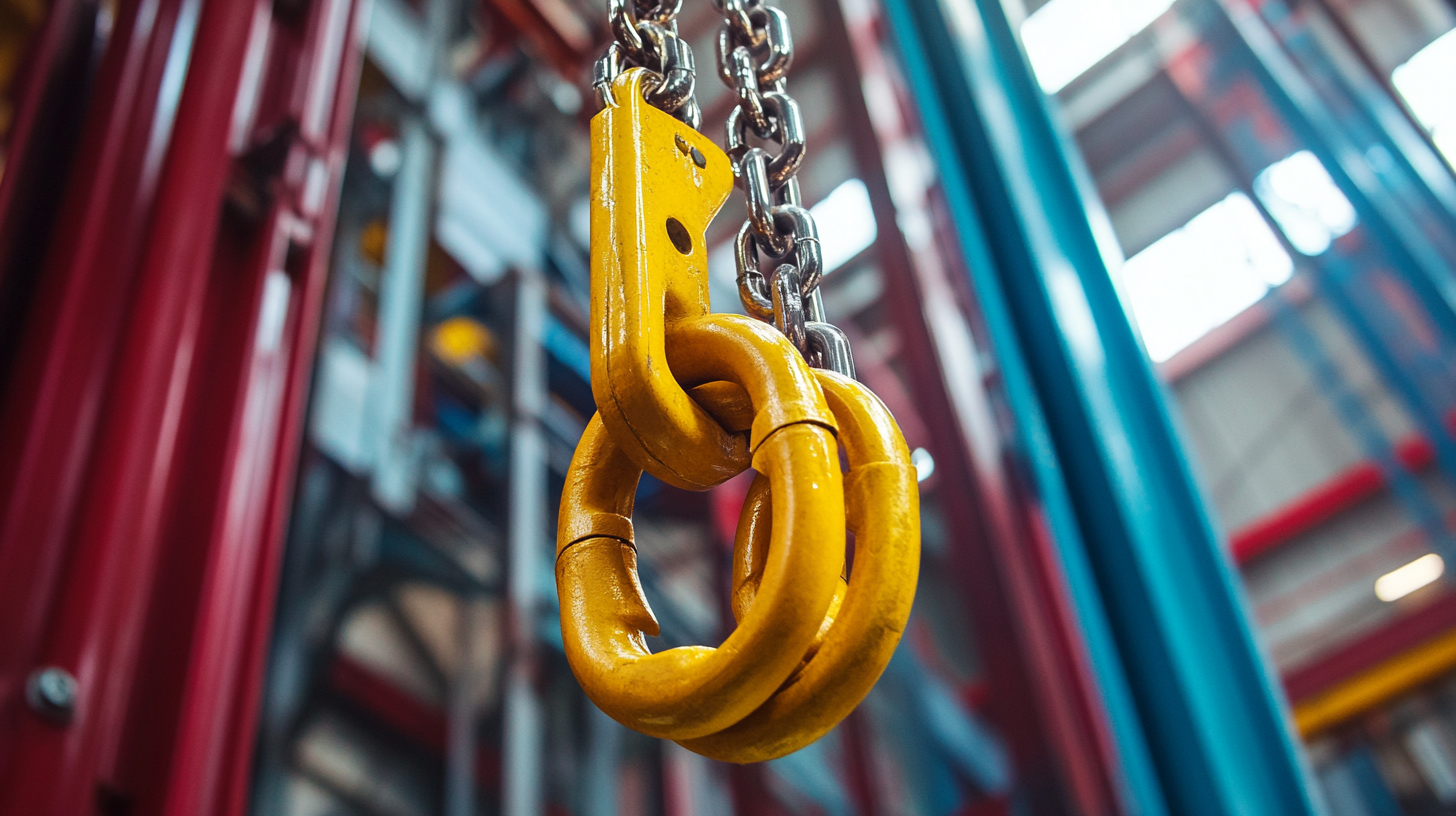
Understanding the Mechanics of Chain Hoists for Improved Efficiency
Understanding the mechanics of chain hoists is essential for optimizing their efficiency in various industrial operations. A chain hoist operates on a simple yet effective principle: it utilizes a loop of chain to lift heavy objects. As the operator pulls the chain, the mechanism engages gears that facilitate the movement of the load, reducing the physical effort needed. To maximize efficiency, it is vital to choose the correct type of chain hoist for specific tasks, consider load capacities, and apply the right lifting techniques.
Innovative approaches to chain hoist operations can significantly enhance productivity. Integrating smart technologies, such as sensors and automated controls, can lead to more precise lifting and lowering operations, reducing the risk of errors and improving safety. Furthermore, regular maintenance and understanding wear patterns in chain hoists help prevent unexpected failures. By employing practices that consider both mechanical principles and modern technology, businesses can ensure that their chain hoist systems run smoothly and effectively, ultimately leading to better operational outcomes.
Incorporating insights from different fields, such as the decentralized nature of blockchain technology, can inspire more systematic approaches to managing chain hoist operations. Just as blockchain relies on transparency and efficiency within its network, a similar mindset can be applied to the workflow surrounding chain hoists. By fostering a culture of continuous improvement and embracing innovative solutions, industries can achieve remarkable efficiency in their lifting operations.
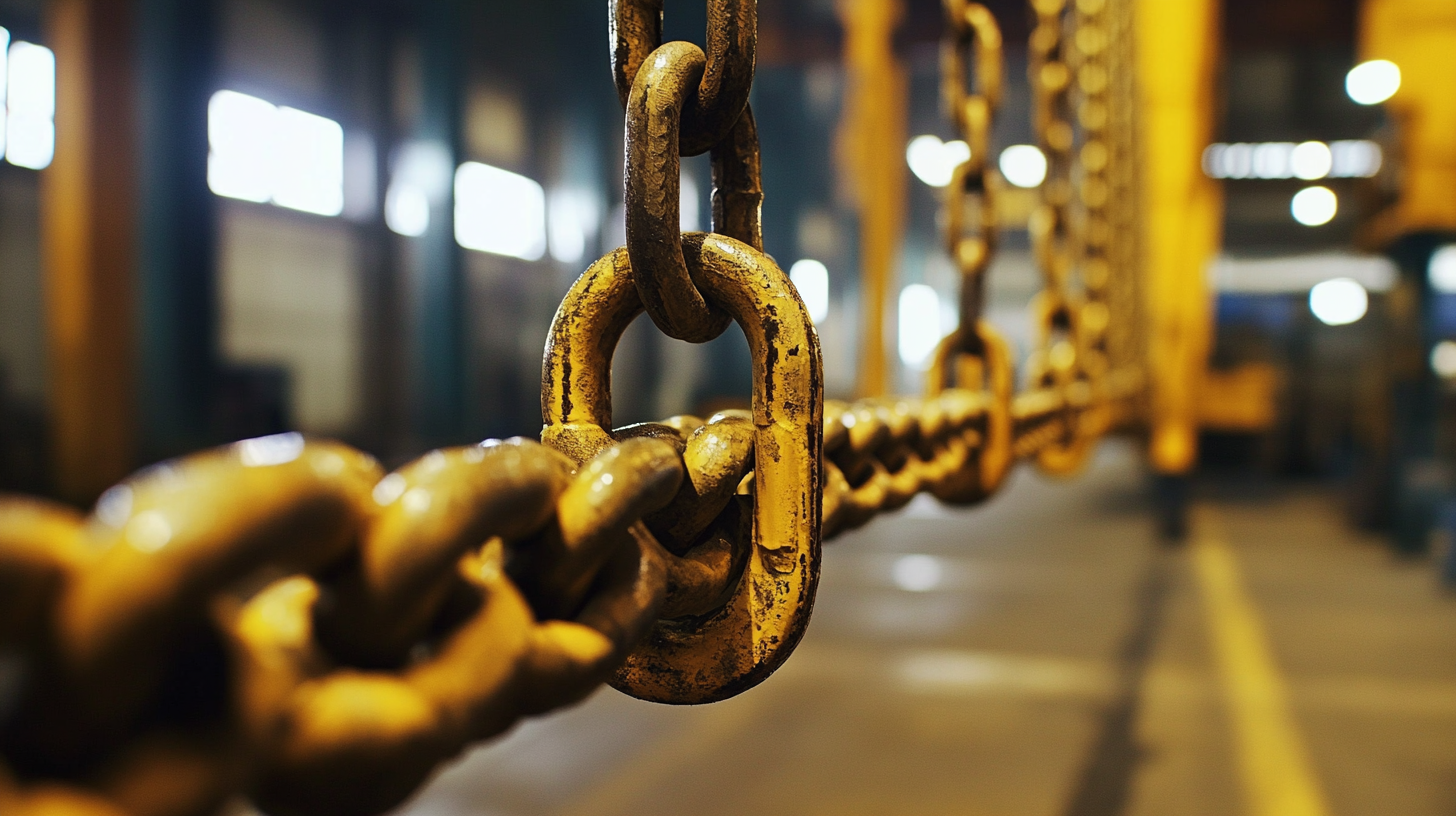
Best Practices for Safety During Chain Hoist Operations
In the world of chain hoist operations, safety cannot be overstated. Effective operations require not only skilled personnel but also adherence to best practices that can significantly mitigate risks. As chain hoists are used to lift heavy loads, understanding and implementing safety measures is paramount for both operators and bystanders.
One innovative approach to enhancing safety during chain hoist operations is the integration of technology. For instance, using smart sensors and IoT devices can provide real-time monitoring of load weight and the integrity of the hoist mechanism. These technologies can alert operators to potential issues before they become serious problems, ensuring that safety protocols are maintained. Moreover, incorporating automation can minimize human error, which is often a leading cause of accidents in manual lifting operations.
Additionally, regular training and education are critical components of a robust safety culture. By ensuring all personnel are well-versed in the operational protocols and emergency procedures, organizations can foster a proactive approach to safety. Workshops and training sessions that simulate real-life scenarios equip workers with the necessary skills to respond effectively under pressure. This focus on continuous learning and preparation is essential for maintaining a secure working environment around chain hoist operations.
Innovative Approaches for Effective Chain Hoist Operations
This pie chart illustrates the best practices for safety during chain hoist operations, highlighting the key factors that contribute to effective and safe operations.
Innovative Technologies Revolutionizing Chain Hoist Performance
In today's fast-paced industrial environment, the performance of chain hoists has been transformed by innovative technologies that enhance their efficiency and safety. Modern advancements such as smart sensors and IoT integration have become instrumental in revolutionizing how these essential lifting devices operate. With the capability to monitor load weights and provide real-time feedback, these technologies ensure that operators can make data-driven decisions, enhancing productivity while minimizing risks associated with lifting operations.
Another significant development is the introduction of advanced materials that improve durability and reduce wear and tear. High-strength alloys and lightweight composites contribute not only to the longevity of chain hoists but also to ease of use. Operators benefit from reduced strain during lifting tasks, ultimately promoting a safer work environment. Additionally, modern design approaches have focused on ergonomics, reducing physical stress on workers and allowing for smoother operation.
Moreover, automation plays a pivotal role in chain hoist operations. Automated systems can manage repetitive lifting tasks, reducing human error and increasing accuracy. This integration not only boosts operational efficiency but also allows human operators to focus on more complex tasks that require strategic thinking. As the industry continues to embrace these technological innovations, the future of chain hoist operations looks not just efficient, but also significantly safer and more reliable.
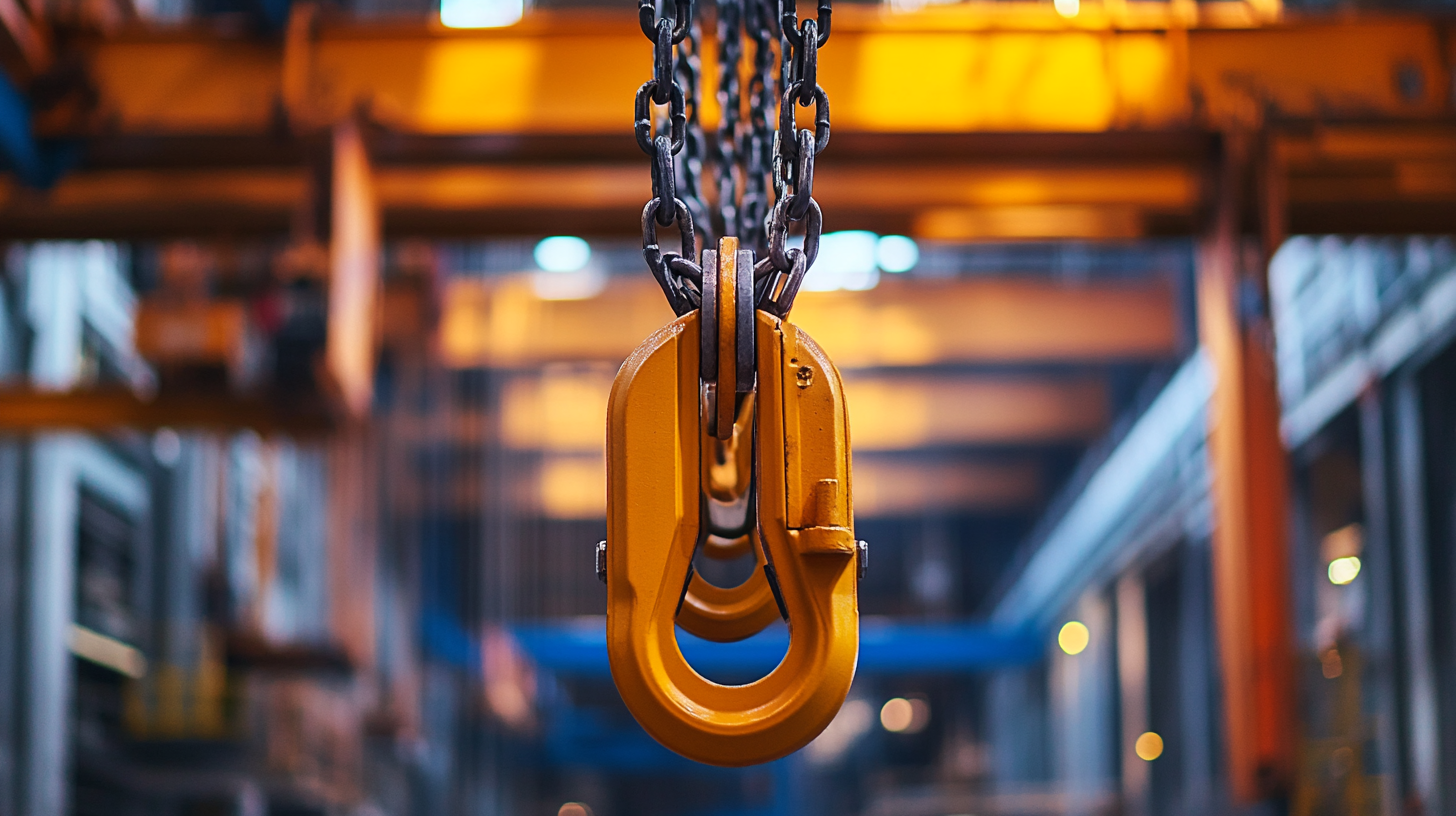
Training and Skills Development for Effective Chain Hoist Use
Training and skills development are crucial for ensuring effective chain hoist operations. Chain hoists are widely used in various industries for lifting and moving heavy loads, making it essential that operators possess the necessary skills and knowledge to use them safely and efficiently. A well-structured training program not only reduces the risk of accidents but also enhances productivity by ensuring that employees can operate the equipment to its full potential.
One of the key components of a successful training program is hands-on experience. Operators should be provided with opportunities to practice using chain hoists under the guidance of experienced trainers. This practical approach helps to solidify the theoretical knowledge gained in the classroom, allowing trainees to become familiar with the equipment’s mechanics and safety features. Additionally, training should cover the correct techniques for securing loads, understanding weight limits, and recognizing the signs of wear and tear on the hoisting equipment.
Continuous education and skills assessment are equally important. Regular refresher courses and skill evaluations help maintain high standards of operation, enabling workers to stay updated on the latest safety protocols and technological advancements. This commitment to ongoing training fosters a culture of safety and efficiency within the workplace, ultimately leading to better operational outcomes and a reduction in equipment-related incidents. In sum, investing in comprehensive training and skills development is essential for effective chain hoist operations, ensuring a safer work environment while maximizing performance.
Innovative Approaches for Effective Chain Hoist Operations
This chart illustrates the impact of various innovative approaches on effective chain hoist operations, highlighting the importance of training hours, skill assessments, safety drills, operational efficiency, and maintenance frequency in enhancing overall performance.
Maintenance Strategies to Enhance Longevity of Chain Hoists
Maintaining the integrity and functionality of chain hoists is crucial for their longevity and performance. One of the primary maintenance strategies is implementing a regular inspection schedule. Frequent checks can help identify wear and tear before they escalate into serious issues. Inspecting components such as hooks, chains, and gears ensures that any damage is addressed promptly, preventing failures that could lead to costly downtime or safety hazards.
Lubrication is another key factor in enhancing the lifespan of chain hoists. Proper lubrication minimizes friction, reduces wear, and protects against corrosion. It's essential to use the right type of lubricant suitable for the specific operating environment of the hoist. This practice not only improves the efficiency of the hoist but also prolongs the life of vital components, ensuring smooth operations over time.
Additionally, educating staff on proper usage and handling of chain hoists can significantly impact maintenance efforts. Training operators to follow safe practices while using the equipment minimizes the risk of misuse and accidental damage. By fostering a culture of safety and respect for equipment, organizations can enhance the overall longevity and reliability of their chain hoists, ensuring they remain an essential asset in their operations.

